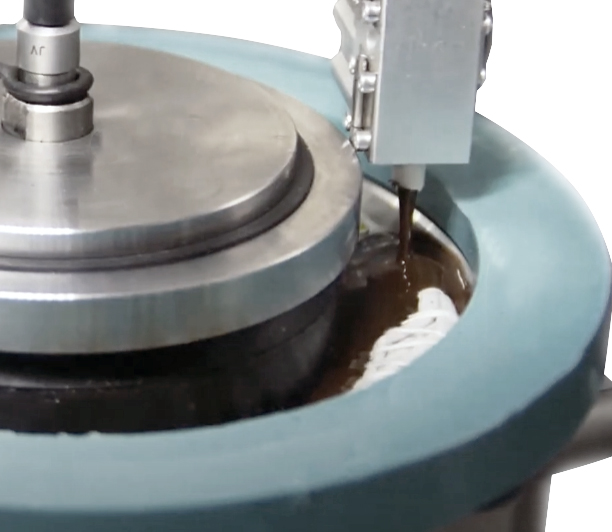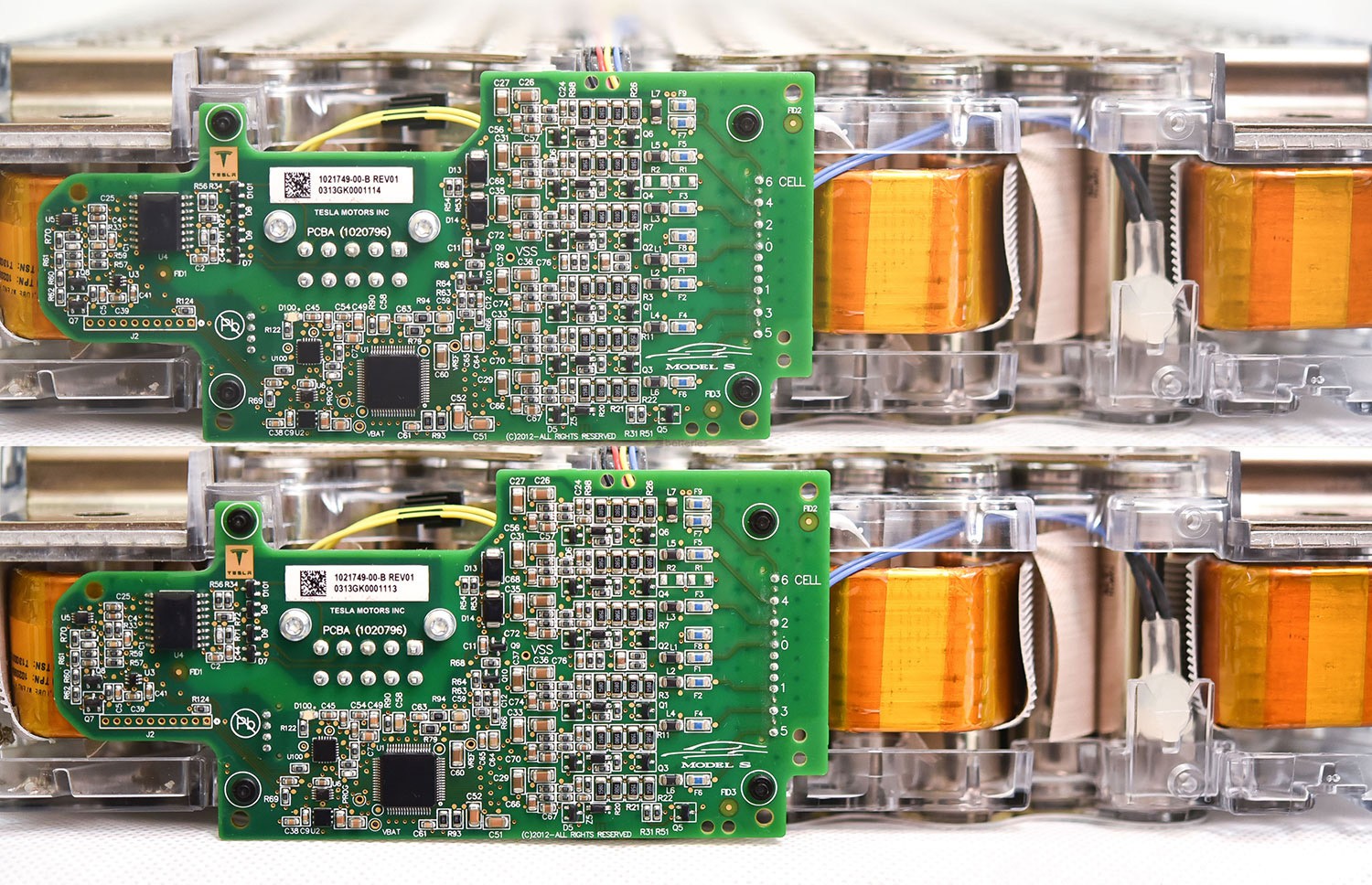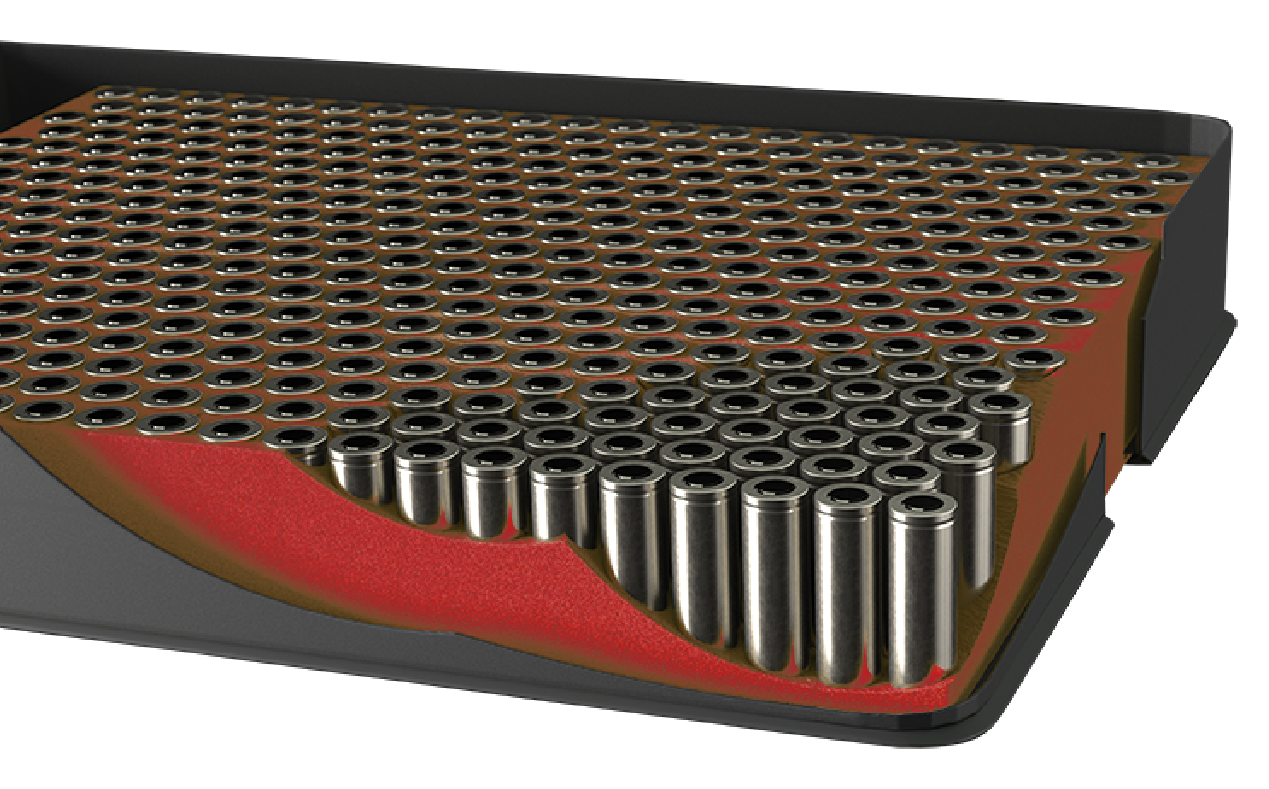All manufacturers of electric motors have one common goal in mind: making them smaller and more powerful, while increasing their efficiency. In the effort to achieve this goal, engineers must consider many things; for example, the lamination design, an optimal embedding of the magnets into the lamination stack and leaving the smallest gap possible between magnet and coil and housing.
Compared to these conventional methods, like mechanical clamping or bandaging of magnets, bonding with adhesives offers many advantages. It is a particularly suitable option for three steps in the assembly of electric motors: joining magnets and lamination stacks, joining shaft and rotor, and joining stator and housing.
Magnet bonding solutions enable the efficient and automated assembly of magnets in electric motors without the necessity of mechanical fixation. They offer excellent shear strength, as well as noise and cost reduction benefits, and are suitable for different substrate surfaces. As a result, this step will help to improve the performance of the entire e-motor.
Magnet bonding application in E-motor
 |
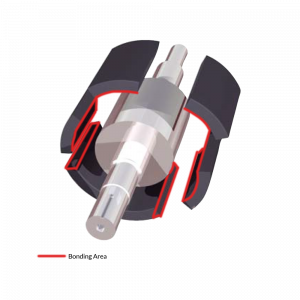 |
 |
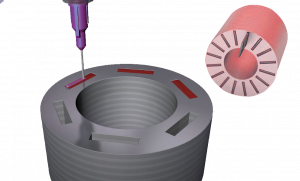 |
Challenge when bonding magnet in E-motor
Vibration: and shock during the operating of E-motor
Chemical: there are a lot of chemicals as oil are being used in e-motor and will take negative effects in bonding strength of adhesive.
High temperature: as another working environment of e-motor
Gaps left between the magnet and stator can lead to:
- Chipping of magnets leading to lose material in the motor housing.
- Magnet loosening led to inefficiency.
- Fixing mechanical clips requires more labor and process time.
Different surface material between the two-bonding surface (different shapes and constituents with common types of magnets including neodymium, samarium cobalt and ferrite/ceramic magnets.)
Benefits of using a right adhesive
- Magnets in electric motors are bonded in place with adhesives for several reasons. Magnets are brittle and susceptible to fracturing.
- Adhesives disperse stress across the entire bonded surface, reducing stress focus points and mitigating fracturing risk.
- Due to the high vibration environment, any space between components will allow for vibration and increased noise and wear on parts. This is especially important for coated wires which can be delaminated by the vibration resulting in a short.
- Adhesives minimize noise and vibration due to their viscoelastic properties.
- Adhesives bond to a variety of substrates including metal and plastic materials and produces strong bonds very quickly making them an ideal choice for large-scale manufacturing.
Choosing the right adhesive for e-motor magnet bonding
Here are the key points to review about magnet bonding when considering which adhesive to use.
Strength and temperature resistance –
The operating temperature as well as the type of stress – (sheer, torque, or repetitive impact in speakers for example)- must be identified in order to choose an appropriate adhesive.
Chemical compatibility –
The copper found in the motor assembly is not compatible with certain chemicals found in some adhesives. For example – Methacrylic acid can result in corrosion to copper over time, with the risk of product failure. Check the Technical data sheet for the details, or contact technical support to be sure.
Versatility-
In addition to bonding the magnet to the can, rotor, or speaker there are a variety of other adhesive applications in motors, speakers, and microphones. Choosing a product that can be used for more than one application can increase your efficiency.
Process –
Before choosing an adhesive give some thought to optimal dispensing and curing scenarios for your project. Many magnet adhesives come in two components which facilitates room temperature curing. With magnet adhesives, you’ll also want to be sensitive to the risk of affecting the polarity or strength of the magnets. Choose an adhesive that cures at a low temperature to avoid damaging the magnets.
There are several types of two-component acrylic adhesives for magnet bonding. In some the two components are mixed before dispensing, others are designed to dispense one adhesive on top of the other, and a third type allows for an activator to be applied to one component and the adhesive to the other. Single component heat cured epoxies are also used.
Efficiency-
The cost-effectiveness of adhesive bonding is the result of several factors. These include ease of application, consistent performance (reduced reject rates) and efficient process, and all combine to increase profits with improved production.
In summary, the variety of magnet bonding applications is as varied as manufacturing itself. Each application offers unique challenges from different substrates to thermal changes, chemical exposure, vibration and more. Please contact us then we can help you select from the thousands of adhesives available to find the best match for your specific application.
Hotline: (+84) 984 695 398
Email: gluexpert@prostech.ph



